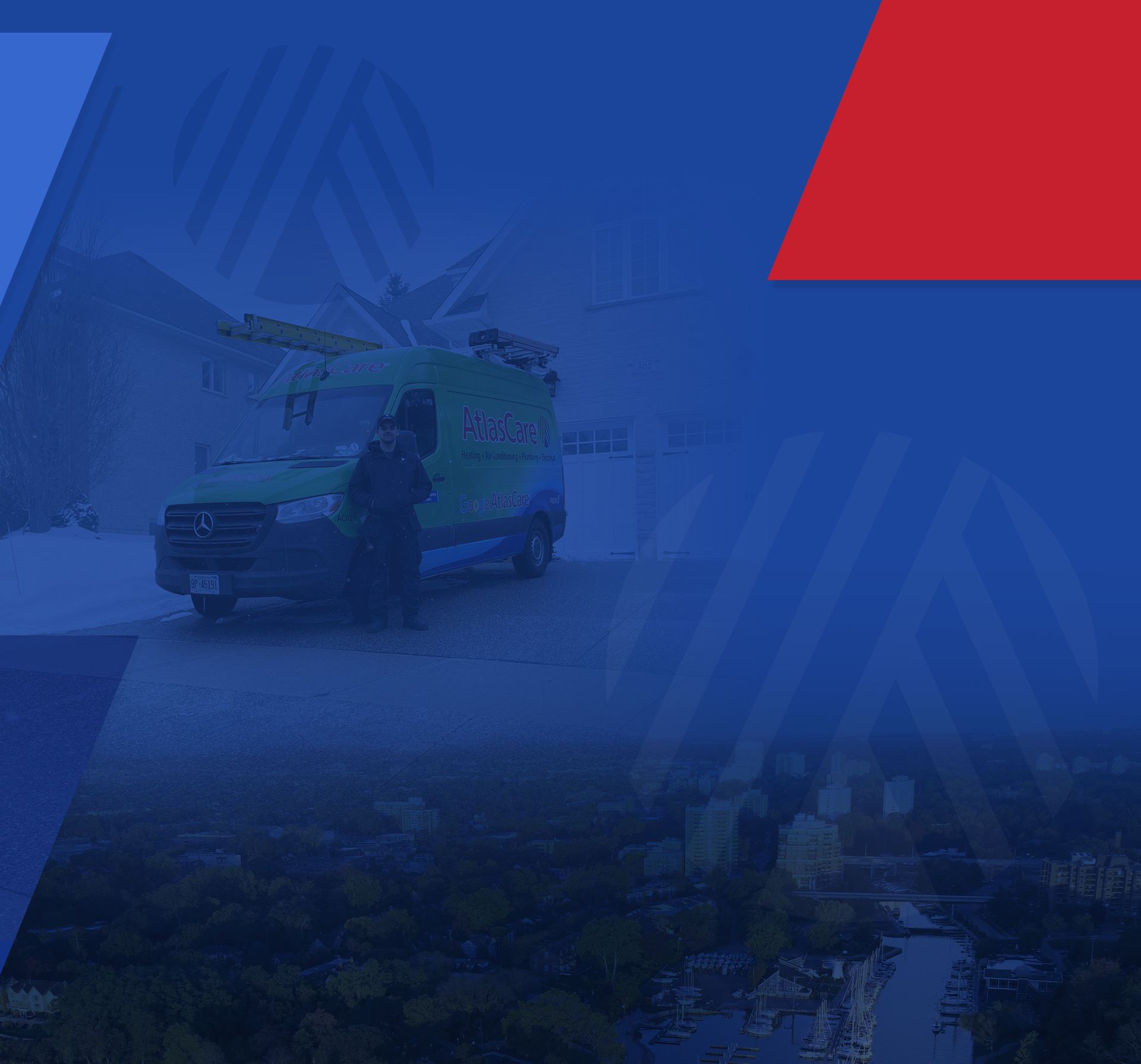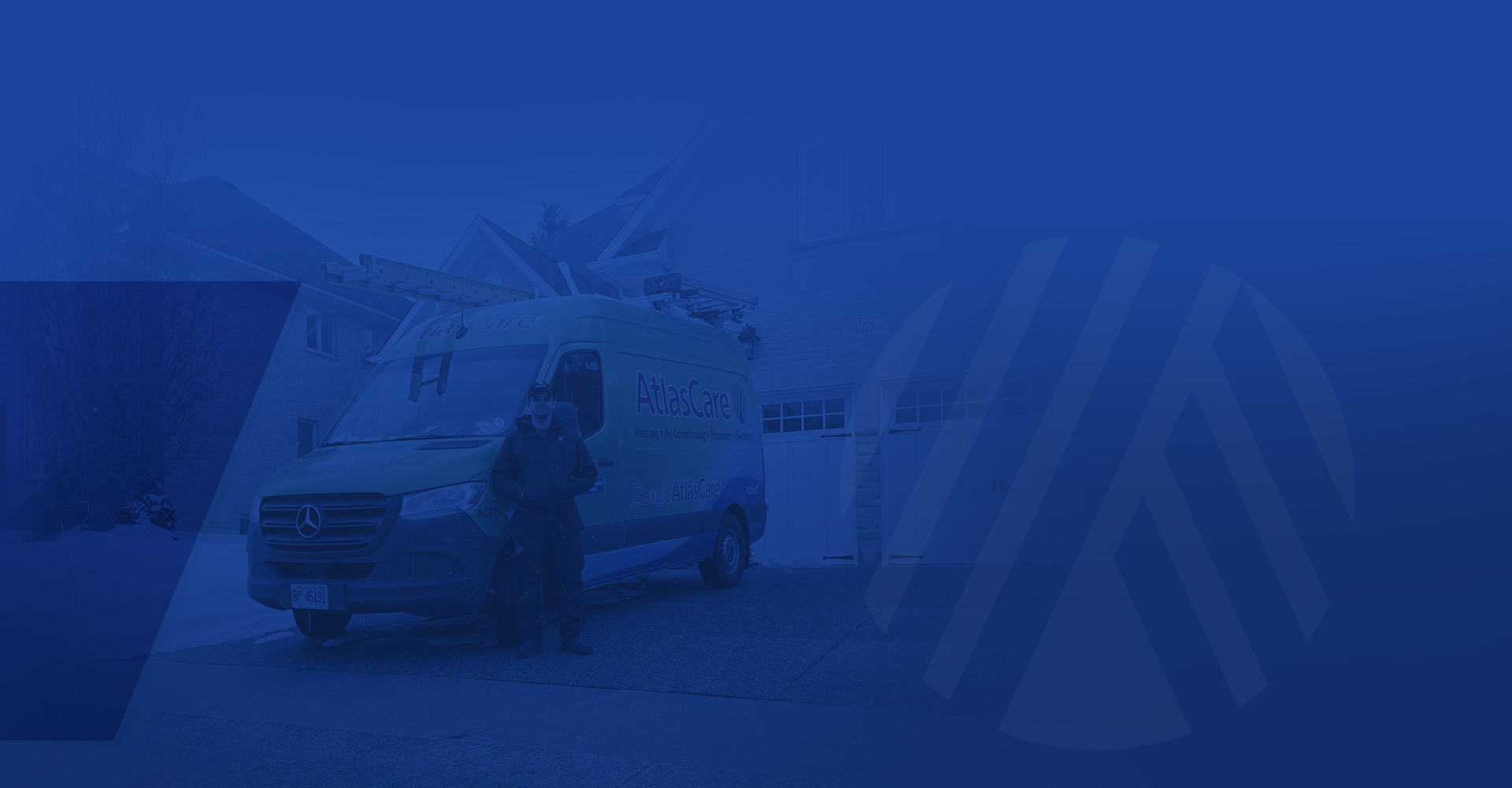Last December ended with some of the coldest local temperatures on record and that trend carried right on into the new year. It was certainly the sort of weather that made you grateful for a warm and cozy home!
In case history repeats itself, here are a few preventative steps that will help protect your home from the next big freeze.
Book a Furnace Inspection
A furnace is the heart of your home heating system. If it goes down, you will certainly feel it this time of year. Preventative inspection and maintenance are the best way to avert that.
An experienced technician will put the unit through a complete operating cycle, checking such essentials as temperature levels across the air handler, the condition of the fan belt, and the thermostat. Other checks include making sure there are no blockages in the vent system, examining the fresh air intake grills and louvers, and looking for instances of corrosion and wear that could be problematic in future.
Just as your vehicle needs tune-ups to perform at its best, a furnace will last longer and provide better results with some periodic care. Comprehensive yearly maintenance packages are available at a low monthly cost.
Take Steps to Avoid Frozen Pipes
One of the first dangers brought about by a dead furnace is frozen pipes. This can be a particularly expensive problem to deal with as you face both plumbing repair costs and water damage.
If you have any sinks on an exterior wall, leave open both the hot and cold taps just enough for them to drip until the outside temperature warms up a bit. That can often be enough to prevent a frozen pipe. Applying pipe wrap insulation is another good preemptive measure. Ensure that you have easy access to your main water shut-off as time is of the essence if a break occurs.
For outside pipes, confirm the water is off and then drain the lines. Be sure to disconnect your garden hose and check that the hose bib insulation is still intact.
Inspect Both the Exterior and Interior
While you’re checking the exterior plumbing, take a close look at the outside of your house. Keep an eye out for cracks or holes where heat can escape and repair as necessary. Also, replace any old, failing weather stripping around doors and windows. Check the basement for drafts and correct as needed. Apply additional insulation should you find air leakage in the attic.
Clean Out Your Eavestroughs and Check Roof Tiles
Snow and ice formation on roofs can lead to leaks and structural harm, including a roof collapse. If your roof is too high to clean with a snow rake, there is not much you can do to stop accumulation during a storm.
Cleaning out your eavestroughs before winter sets in will help to limit the amount that can sit up there. Repairing and replacing roof tiles during the fall will also prevent winter water damage.
If you are concerned about whether your roof will make it until spring, contact a professional snow removal company to lessen the weight.
Keep Your Garage Door Closed
Keeping the garage closed as much as possible during winter is essential. This not only protects the contents, but also helps to prevent heat escaping and possible pipe freezing.






